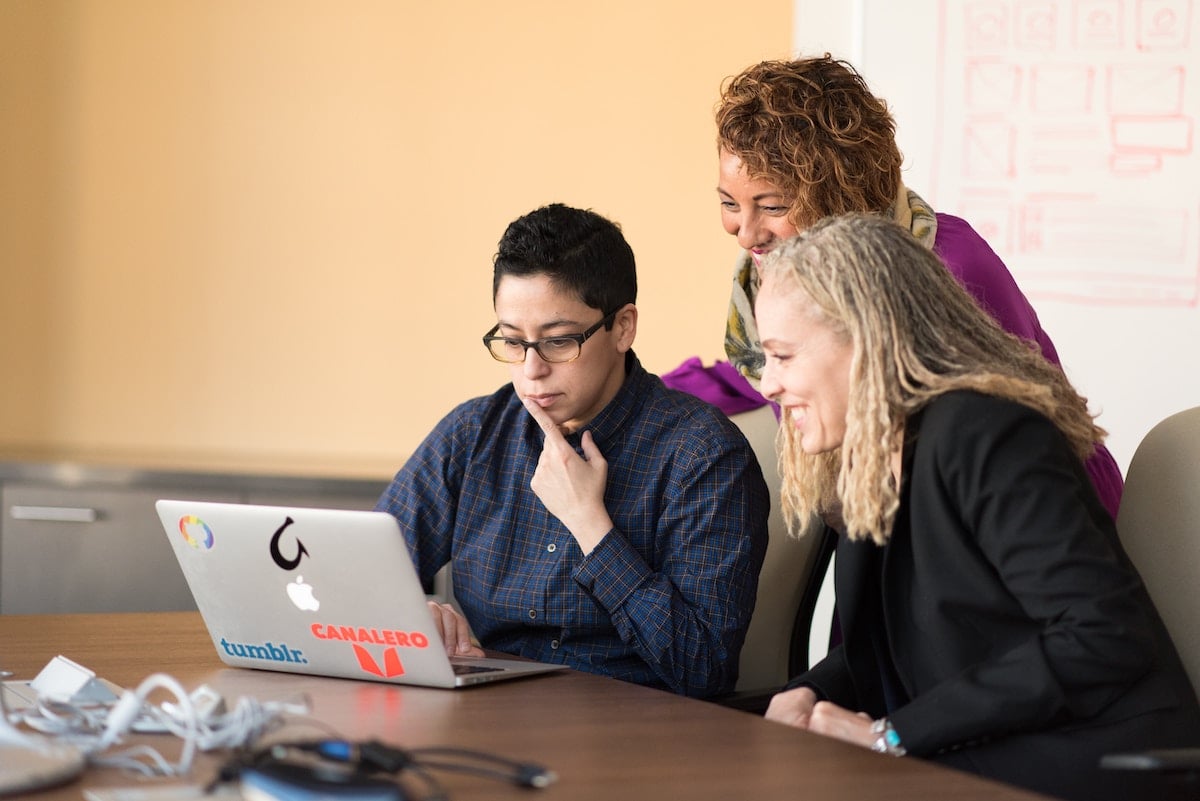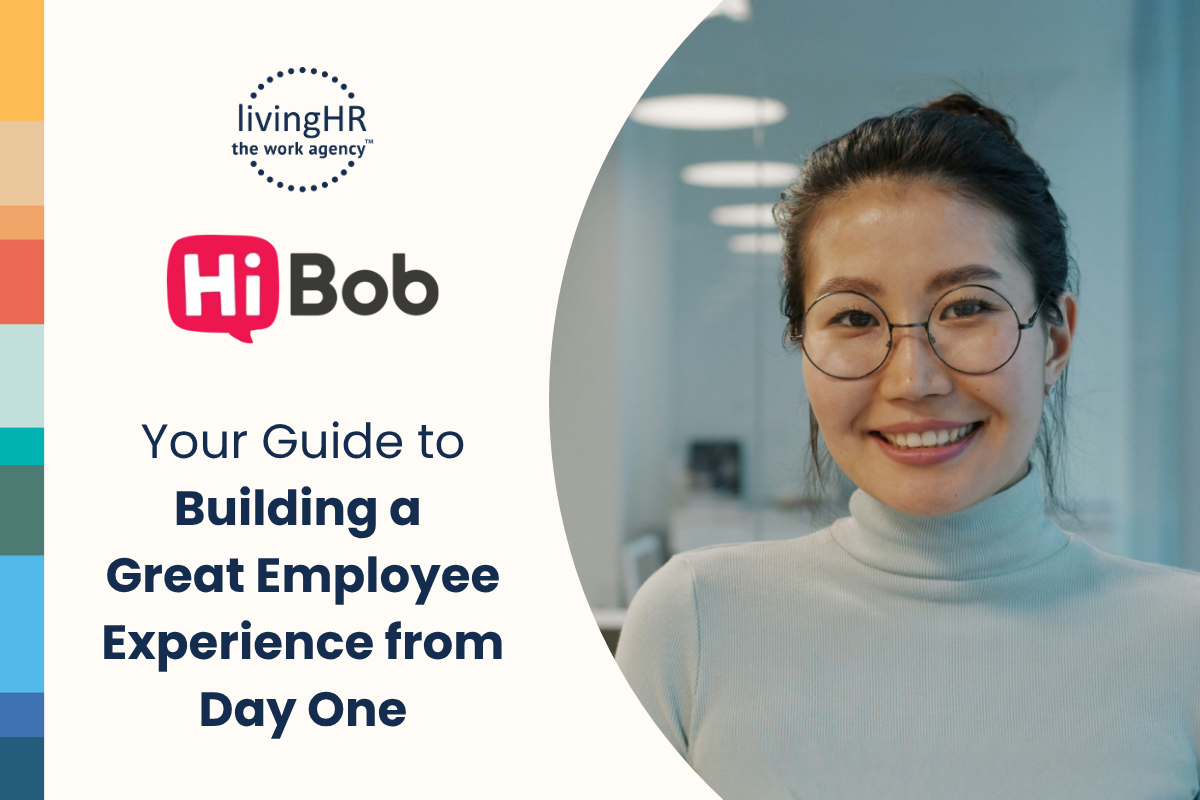The acceptance of inclusion is complex; marginalized employees have faced racism and discrimination that have affected them physiologically and psychologically. How you show up internally needs to match how you show up to the world. When you focus on removing the barriers to success for everyone, your employees become your advocates, and a community starts to form around your brand. Your brand reputation becomes a catalyst for others to shift their behaviors or join you in your journey. Read below for actions to create a community of inclusion.
4 Important Actions to Take to Foster Inclusion in the Workplace
1. General Representation
- Review, track, and share hiring and promotion data.
- Ensure you have a clear and transparent DEIB statement.
- Ensure you have the ability to accommodate people with disabilities when designing roles.
- Provide remote work opportunities where applicable.
- Focus on the optics, but focus more on removing barriers to success for all.
- Encourage cross-collaboration.
- Create a robust mentorship program for employees at all levels .
- Build a culture that supports community outreach and service will not only have a positive impact on your community, but it will drive employee engagement and boosts morale.
- Encourage employees to volunteer and give back to the community.
- Be mindful of how verdicts, events, and political decisions can affect your most marginalized employees, and be proactive in crafting messages of support.
- Be mindful of how isolating being “one of the only” in the workplace can be. Just because you embark on a DEI journey does not mean the daily reality for marginalized employees changes. Seek ways to amplify, empower, and ally those most marginalized in your workplace.
- Normalize prioritizing mental health. Implement check-ins and conversations that support your employees’ mental health, and work to normalize conversations around mental health and support.
2. Transition Decisions
- Include pronouns in email signatures & in meeting introductions.
- Be open and willing to being corrected should you make a mistake when addressing someone.
- Replace gendered language with gender-inclusive language wherever possible in everyday conversation.
- Update existing documents, policies, and procedures to remove gender-specific language.
- Consider converting single restrooms to all-gender facilities.
3. Diversity in External Communications
- Be transparent with DEI data and create a space on your website to highlight impact.
- Ensure equal representation is shown across all marketing materials.
- Create a regular cadence of content that supports unrepresented groups outside of national holidays.
- Lift and elevate voices inside and outside your organization that may be a part of underrepresented groups.
- Go beyond the surface-level social media post and support non-profits and communities by donating, volunteering, etc.
- Create a Corporate Social Responsibility (CSR) plan.Need help creating a community of inclusion? Check out our free guide below or contact us to get started on your DEIB journey.
4. Continuous Education and Training
Recognize that fostering inclusion is an ongoing journey that requires continuous education and training for all employees. Implement regular diversity, equity, and inclusion (DEI) training sessions for all staff members, including leadership.
- Offer workshops and seminars facilitated by experts in DEI to deepen understanding and awareness of systemic biases, privilege, and ways to mitigate them.
- Encourage participation in conferences, webinars, and events focused on diversity and inclusion topics.
- Provide resources such as articles, books, and podcasts that explore various facets of diversity and inclusion, encouraging self-directed learning.
- Create discussion groups or forums where employees can openly share experiences, ask questions, and engage in constructive dialogue around diversity and inclusion.
- Regularly assess and update training materials and curriculum to ensure relevance and effectiveness.
- Promote a culture of learning and accountability where employees feel empowered to challenge biases and actively contribute to creating an inclusive environment.
By prioritizing continuous education and training, organizations demonstrate a commitment to fostering a culture of inclusion that evolves with the needs of its employees and the broader community!





